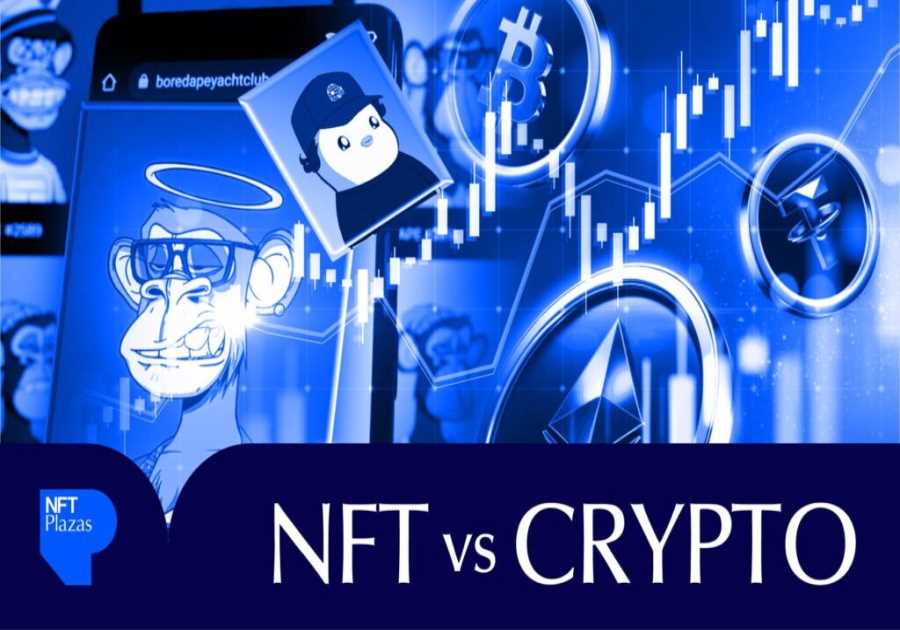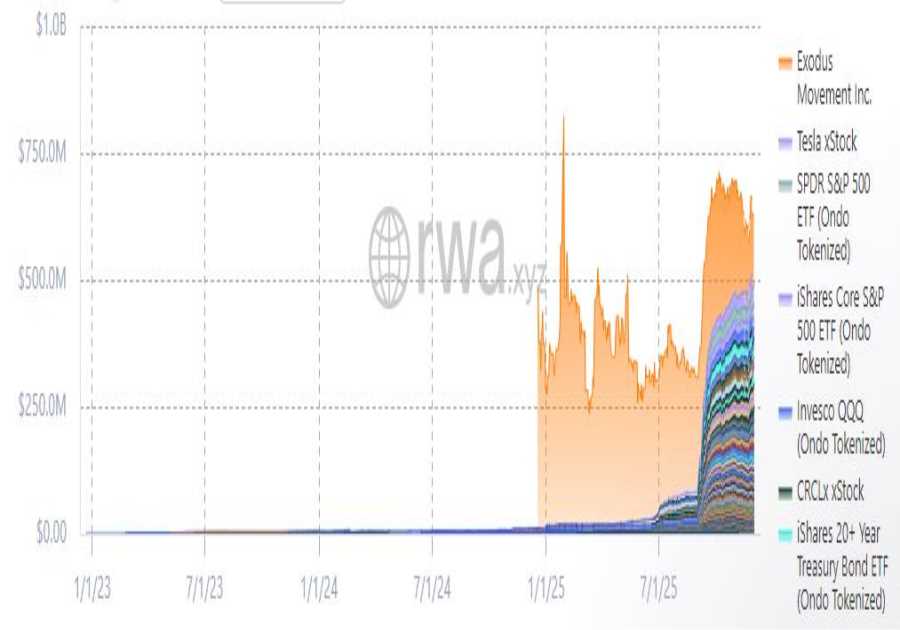If we’re in a bear market, digital fashion didn’t get the memo.
Leading luxury fashion houses like Dior, Gucci, Louis Vuitton, Prada, and Valentino have all made significant moves in the fast-growing space over the past year. Meanwhile, a new generation of digitally-native brands is helping hoist the torch for the burgeoning movement, which is poised to continue expanding its influence within the $1.7 trillion fashion industry.
Founded in 2018 by Daria Shapovalova and Natalia Modenova, DressX is a leading digital fashion retailer that has partnered with likes of Bershka, H&M, Rebecca Minkoff, and DUNDAS, and recently raised a $15 million series A round led by Greenfield with participation from Slow Ventures, Warner Music, Red DAO, The Artemis Fund, and more.
In a forward-looking nft now podcast interview, the DressX co-founders dive into why fashion’s elite are entering Web3, what luxury brands are doing right and wrong in the space, and the future of metaverse adoption and digital identity.
Matt Medved: Digital fashion has a ton of potential to drive mainstream Web3 adoption. How did you two find your way into this space?
Daria Shapovalova: The first of August is when the company turns three years old. We come from a fashion background. I was a journalist. I had my TV show in fashion. I interviewed all the designers, celebrities, and many people from the industry.
I was traveling to all the fashion weeks. Paris always felt like a second home because fashion week happens here every quarter. Then I started fashion work in Ukraine. We’re both from Ukraine, so it became the largest one in Eastern Europe. And we already started to work together. Natalia was the chief operating officer of Fashion Week. In 2013, we started a showroom in Paris where we sold the clothes of contemporary designers to the largest stores worldwide. It was physical fashion.
So, we knew a lot about the industry before entering space. I started my career in fashion when I was 17. And that’s why we came with like a bit of knowledge of how the industry is built and who is creating it. We knew some people in the traditional fashion industry, which gave us a little bit of leverage and connections.
Six years ago, I relocated to San Francisco and did my MBA there because the big idea was what could be done for the fashion industry is to move it into the future and help it scale in the new domain, which is definitely tech. And that’s exactly how, three years ago, DressX was born.
What’s the vision for DressX?
Natalia Modenova: DressX is the meta closet. It’s your wardrobe of digital-only fashion, AR looks, and wearable NFTs, as well as your avatar skins. And this is a go-to destination to start your journey into digital fashion and to really change your outfit for your digital presence in the metaverse, social media, 3D social media, and gaming environment. So we can call it different ways, but basically, that’s your wardrobe for your online presence.
Who is purchasing digital fashion? What do you think the evolution of that consumer base will look like in the future?
Daria: Millions of people. Because we sold already over a million items on various platforms, including DressX and other Web2 and Web3 platforms. It’s important to mention that as of now because we really need to acquire this habit of users having digital wardrobes. It’s important to be present in both Web2 and Web3 environments.
So, we definitely work a lot with Web3 companies, but DressX is a brand. It’s also present in Roblox, for example, which is not blockchain powered, as of now. But for us, it’s really important to face different audiences because answering your question, who is buying digital fashion in Roblox, it’s the generation of eight to 15 years old and they’re already acting as investors because it’s an opportunity to purchase limited items.
Obviously, the DressX NFT marketplace is a very different audience. We believe in the adoption of digital fashion, and we definitely believe that here it makes total sense when it’s powered by blockchain, when the provenance is there, and when the items can be resold. But in order to acquire the habits of every person owning digital wardrobes in terms of the physical wardrobes, we need to face different generations from different environments and kind of create together and educate them.
What were some of the most significant releases or moments that helped move the needle forward to establish DressX?
Natalia: That’s a good question. I think the whole start of DressX as a platform was definitely this moment because for us, from day one, it was important to have a wearable aspect to digital fashion even if it existed in beautiful renders and inspirational images. We wanted to really give an opportunity to start wearing digital fashion in different formats.
And the first one was dressing up for social media. Then we expanded into the second use case of augmented reality fashion and creating your looks in real-time. And for videos, it coincided with a time when all the social media were kind of driven by video formats like TikTok and Reels. And of course, expansion into the avatar fashion through Roblox, which is a huge platform and a big retailer.
Of course, the big launch of the Meta avatar store was also a milestone. They made a lot of noise introducing the whole concept of the metaverse to their wider audience when they renamed the company. And when they introduced the avatar store with three brands — Balenciaga, Prada, and Tom Brown — it was a big validation that the fashion and digital worlds are coinciding. And DressX was the first ever digital-only brand to be introduced on the platform and now has the largest number of items in the avatar store.
And of course the launch of our nft.dressx.com platform where every single item, every single NFT has a wearable utility.
What are some examples of fashion brands that have entered the space and really done it right?
Daria: I think Tommy Hilfiger did a great job by being present and doing a lot of different activities in various environments. That’s really a good move. We know a few brands will enter this new domain, but we can’t talk about that now. But that will be good and something to watch.
But Gucci, of course, they were doing a great job. And everything that they did, starting from Gucci Vault, that was more online commerce, but that’s already so focused on digital and the new generation and how they took it into the space with NFTs. That was amazing.
Obviously, Dolce & Gabbana did a great job. They know how to do haute couture and did a great haute couture NFT sale. It was a big push in the industry and it was an important moment.
Let’s dig into the idea of the metaverse. When we talk about the metaverse, what does that mean to you? How are you both personally and professionally preparing for it?
Daria: To be honest, we think that the metaverse already exists, even in social media. When we post pictures of ourselves on Instagram, let’s say, and when we’re present on social media on a daily basis, it’s kind of a pre-metaverse. We’re already a digital version of ourselves.
When we go to Instagram or any other social media, we post our pictures, it’s kind of a little bit different from who we are in reality. And that’s exactly like a part of the metaverse that already touches everyone.
And the opportunity that, for example, Snapchat or Instagram or TikTok give us, that we can become celebrities or we can create our avatars and dress them and appear there as our digital selves. It’s the precursor of that metaverse that we envision as being a totally different reality where we can live and exist. Yes, it’s still not there, but the first sign of this future world we can already use on a daily basis.
We understand it won’t be built in one day. But that’s what’s so great about humanity. We sometimes think about something way long term, and we understand it’s not here, but let’s prepare for this future. Let’s build it together. The more people build it, the faster this future will come.
What excites you most about the future of digital fashion?
Natalia: I think it’s the new forms it may take regarding creative expression. Because definitely, in the core of every fashion brand, the creative director, their creative vision, and the creative people with new tools will definitely bring some results that are not predictable, that cannot be AI Midjourney generated. It’s just a new tool for creativity, which is amazing.
And of course, it’s this new digital economy that reveals that it is growing because it has a huge potential. So, just like the economy has been shifting from real industries into the service industries into the digital industry. I think the digital economy will be very fascinating and new and that’s what excites me a lot.
Daria: What excites me is the billions of digital items we will sell as DressX. That excites me most of all.
This interview transcript has been edited for concision and clarity.
For the full and uncut interview, listen to our podcast episode with DressX.
The post Inside the Digital Fashion Explosion With DressX appeared first on nft now.
Read MoreBy: Matt Medved
Title: Inside the Digital Fashion Explosion With DressX
Sourced From: nftnow.com/features/inside-the-digital-fashion-explosion-with-dressx/
Published Date: Tue, 01 Aug 2023 22:32:45 +0000
----------------------------
Did you miss our previous article...
https://trendingincrypto.com/nft-news/bitcoin-ordinals-team-launches-nonprofit-as-inscriptions-top-21-million
.png)









